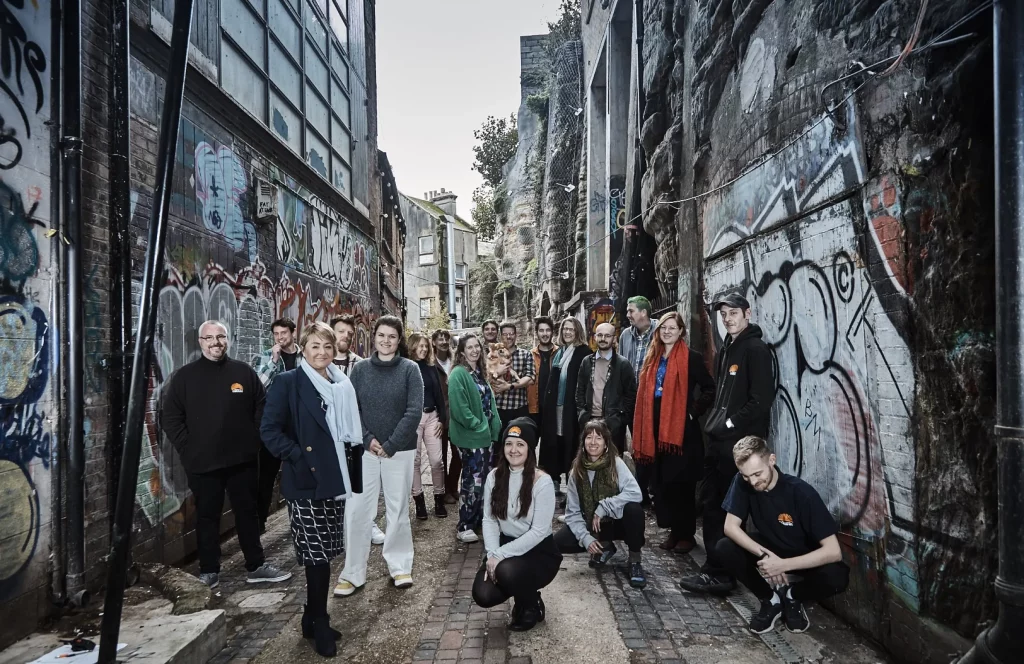The Hedebygade urban block in Copenhagen was in poor condition, with many small flats lacking proper bathrooms. A major renewal project transformed the nineteen 5-storey apartment blocks into 281 larger, modern homes while demonstrating new ways to create greener cities. Twelve trial projects introduced features like solar panels, flexible building facades, air-cleaning plants, rainwater reuse, and waste sorting. A new courtyard with a community hall, café, launderette, and shared outdoor space was built using recycled materials, and rinse water from laundry is reused.
The project aimed to show how old buildings can be renovated sustainably, reduce environmental impact, and keep a mix of housing types. Residents were involved in decisions, and most returned to their homes after the 8–9-month relocation during construction. Energy use dropped by around 20% compared to other local projects, water use also fell by 20%, and electricity and CO₂ emissions saw even bigger reductions. The larger flats created a more stable community, and residents reported better indoor comfort and health.
The total cost was about $51 million, with ongoing costs covered by property owners. Rent increases were spread over ten years, and lower utility bills helped offset them. The project built awareness of sustainable living, improved cooperation between residents, and enhanced the area’s reputation as a “Green Area.”
Hedebygade has influenced other Danish urban renewals, inspired policies for sustainable building, and shown that combining environmental design, social engagement, and careful planning can turn a neglected block into a thriving, eco-friendly community.






